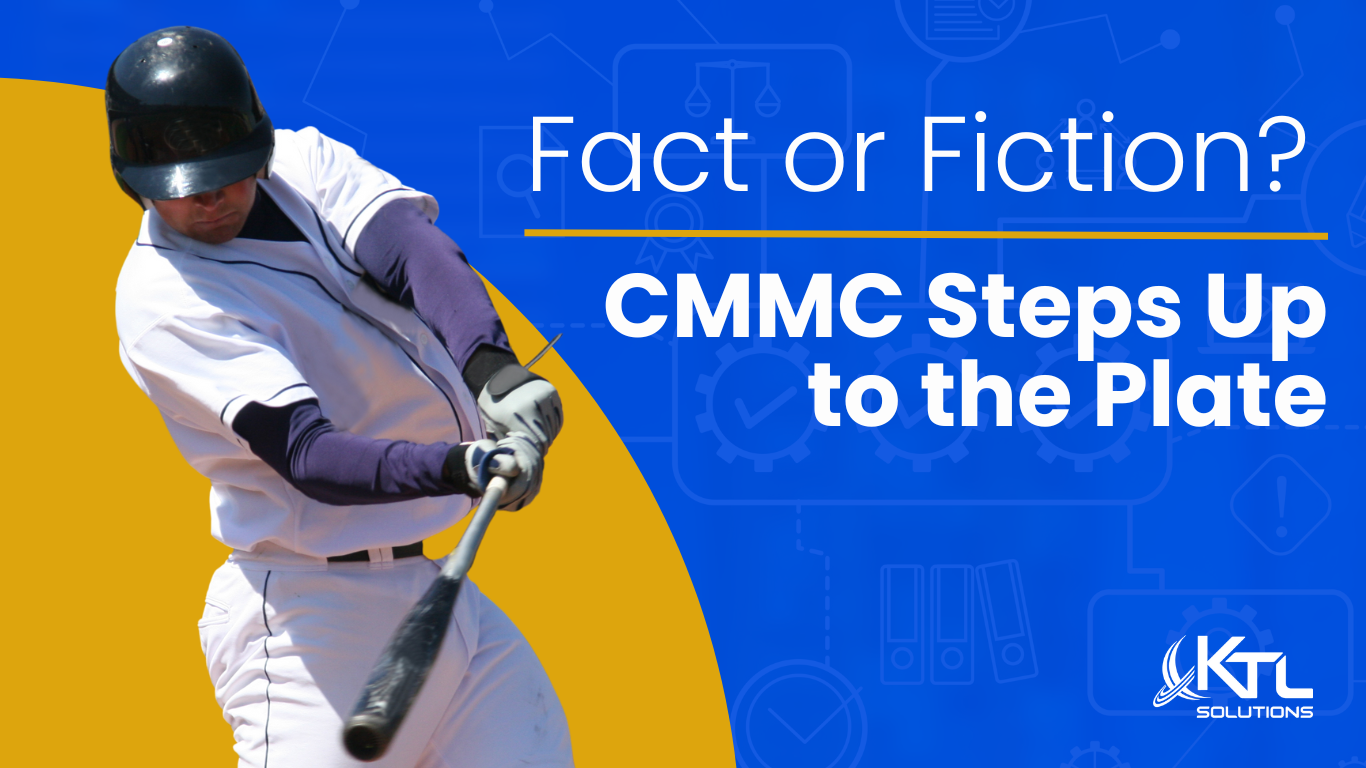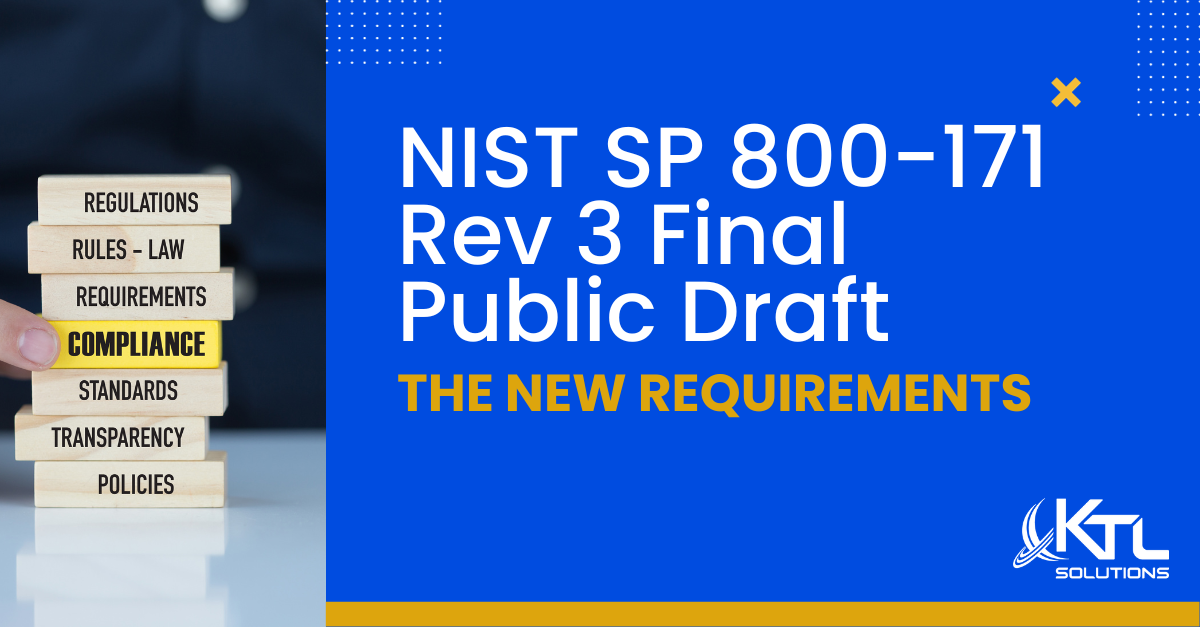Dynamics 365 products are now available in the cloud and, with just a few clicks, they’re quite easy to start using. Microsoft it is making it easy for any organization of any size to spin up a Dynamics 365 instance for ERP or CRM in a few clicks and start using it. This is quite tempting for a lot of organizations as most feel it’s an easy setup. There are a few caveats as well.
Data Migration to Dynamics CRM
Any move to Dynamics 365 whether it is ERP or CRM will require data migration from existing systems. In this blog post, I will be discussing the data migration to Dynamics CRM (Dynamics Customer engagement apps). I have implemented several Dynamics 365 projects from ones with little data migration to migrating all historical as well as transactional information. At first look the options available seem easy.
Dynamics CE apps provide excel templates and import using Excel options. For any entity like Account or contact you can download a template and map your data to the excel templates, then just import them with a few clicks within the Dynamics system. But once we get beyond master records then it becomes tricky to import transactional information like Quotes and Quote line or Invoice and Invoice lines. It is even more effort when you want to import/migrate historical information like activities or closed opportunities. In such cases a simple import using Excel usually won’t work and you will then need to use specific migration tools like Scribe or Kingsway Soft SSIS tools.
Migrating Records from an Existing System
A lot more effort goes into migrating records from an existing system to Dynamics 365. In case of ERP it is even more important to ensure that the data migration is performed accurately as it deals with financial information. Account balances or beginning balances for AR & AP are critical for the business. Any issues or data issues during migration can cause inaccurate information for the user in the new system. Besides using a new system, the user will then have to deal with misinformation. Often this causes them to revert to old systems for data verification and creates a nightmare for adoption of the new system. This can cerate mistrust within the users for the new system and overall the project can be a failure for the implementation partner and cause huge losses for the company itself.
In case of CRM applications, the data on activities, last contact information, owner of the account/activity and related information on associated contacts, open opportunities, notes are all important information for a sales organization. Migrating all this data in a complex system like Dynamics CRM would seem trivial in the beginning but the relationship setup and the configuration that it requires must be in place before data migration.
Planning a Data Migration
Every organization needs to create a data migration plan even if it is small a plan on the activities to be performed for the data migration, the tools to be used, the verification of the source data and verification of the data once it is imported. We create specific documentation for data migration to Dynamics 365 and provide an easy to understand plan for the customer regarding their data and how it appears in Dynamics 365 upon migration.
At KTL solutions we have performed several data migration projects to Dynamics 365 and over time we have developed project plans and lists of activities that would need to be performed in several cases. In case of Dynamics CRM data migration, we determine the source data, mapping of the data to the fields in CRM, creating new fields and mapping the custom fields, and determining the order of the integration of entities.
In large projects we have created intermediate databases to temporarily house the data and import from the source system and then integrate to Dynamics 365 after making changes to the data as needed for Dynamics. We can then easily create queries and comparisons between the 2 systems to determine the issues and differences in the data migration to Dynamics.
Migrating with Third-Party Apps
In one instance we had to migrate attachments from Salesforce to Dynamics Sales. Attachment records are special in both systems, so we used an ETL tool like Scribe which provides connectors for both Salesforce and Dynamics CRM. We then exported all the attachment records from Salesforce into a SQL database with references to the source records. Then we used Scribe to import the references first and then the attachment records to Dynamics so that the link is properly set up within Dynamics.
Something similar was done for another of our projects to migrate data to Dynamics 365 Financials. In this case we used another ETL tool called SmartConnect which provided specific connectors for Dynamics GP and Dynamics 365 Financials. We created multiple integrations and chained them together to ensure that a primary record was migrated to Dynamics 365 before a dependent record is migrated to avoid stranded records in the new system.
Get the Help You Need
Data migration projects always come with a certain complexity depending on the source and destination settings & requirements. At KTL we have subject matter experts like accountants, application specific experts and consultants with data migration experience. With a team put together, any data migration project can be tackled. Having done multiple of such projects and the depth of knowledge on Dynamics 365 products we make it an easy and seamless process for our customers.
As implementation consultants, we recognize where existing tools and systems cannot perform a certain task related to data migration and prepare certain plans and custom tools to fill the gap. We understand the API and limitations of Dynamics 365 and recognize that with a dedicated tool we can create solutions for specific data migration issues. We also work with other Microsoft partners and ISVs who create specific solutions to solve data migration issues and catch up our learning of new and available tools to perform data migrations tasks for Dynamics 365.
Are you ready for a data migration? Give KTL a call today.




































